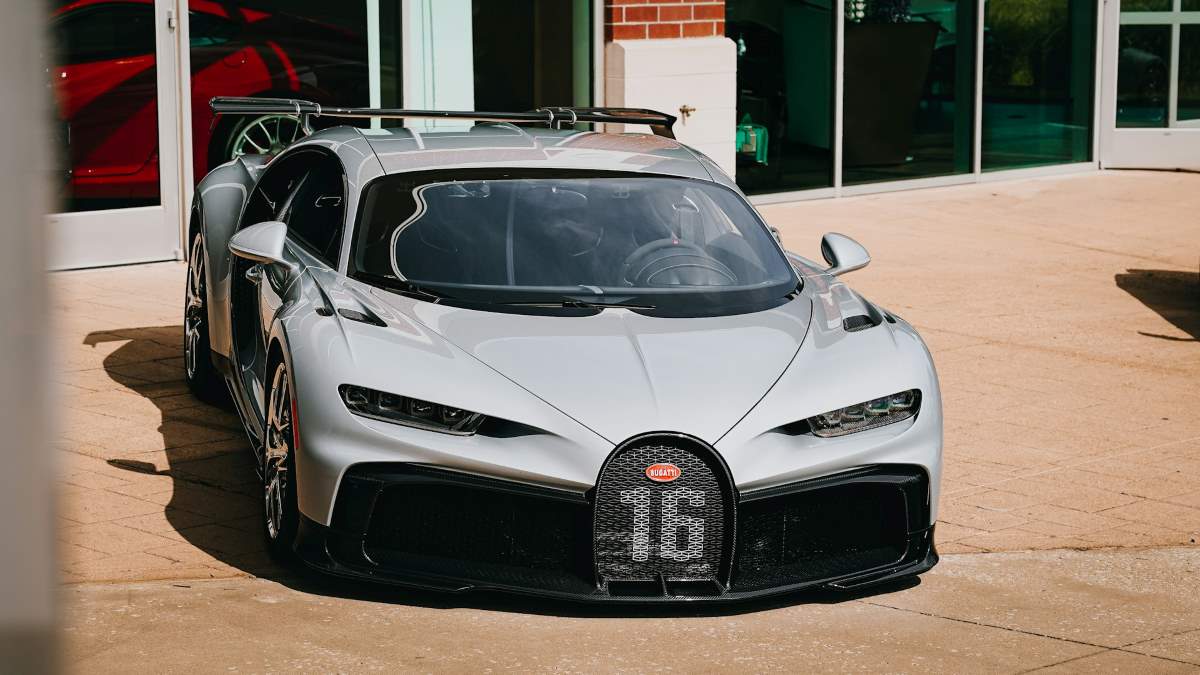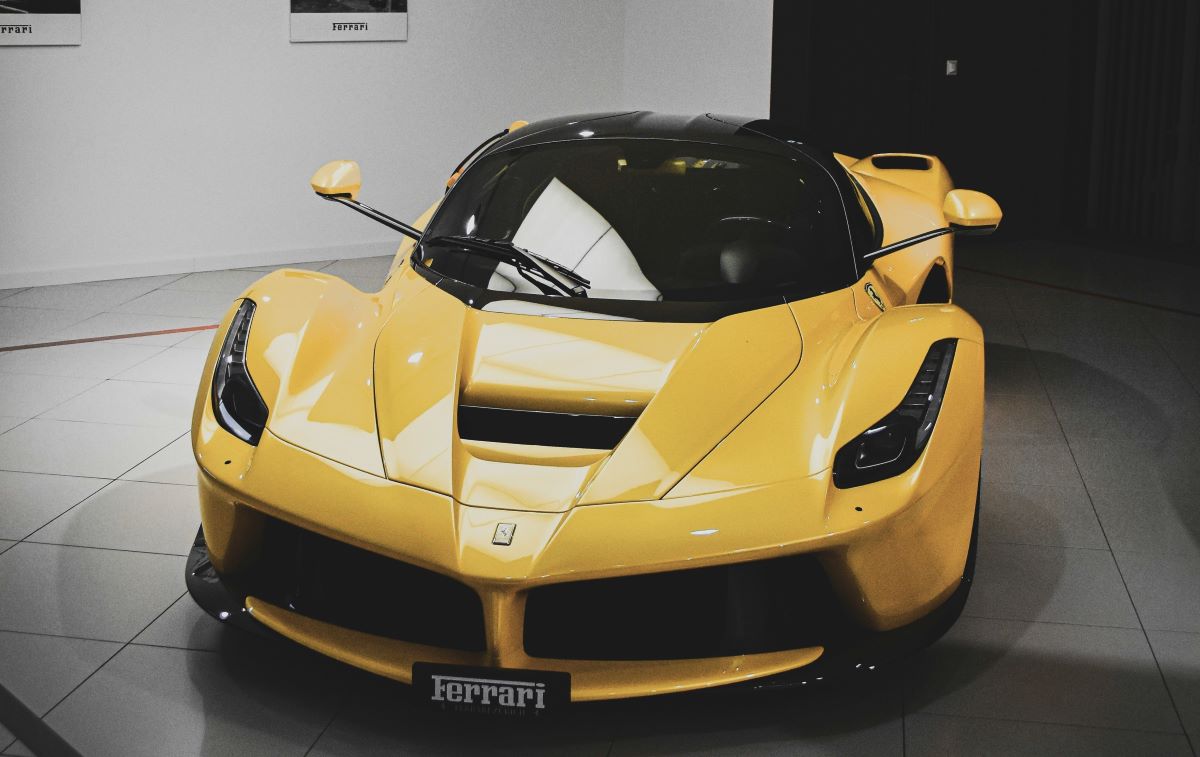9000+ Cashless
Network Garages
96% Claim
Settlement (FY24-25)
24*7 Claims
Support
Click here for new car
I agree to the Terms & Conditions

General
General Products
Simple & Transparent! Policies that match all your insurance needs.


37K+ Reviews
7K+ Reviews
Scan to download
Life
Life Products
Digit Life is here! To help you save & secure your loved ones' future in the most simplified way.


37K+ Reviews
7K+ Reviews
Scan to download
Claims
Claims
We'll be there! Whenever and however you'll need us.


37K+ Reviews
7K+ Reviews
Scan to download
Resources
Resources
All the more reasons to feel the Digit simplicity in your life!
 Tools & Calculators
Tools & Calculators


37K+ Reviews
7K+ Reviews
Scan to download
37K+ Reviews
7K+ Reviews
Our WhatsApp number cannot be used for calls. This is a chat only number.


9000+ Cashless
Network Garages
96% Claim
Settlement (FY24-25)
24*7 Claims
Support
Click here for new car
I agree to the Terms & Conditions

Add Mobile Number
Sorry!

9000+ Cashless
Network Garages
96% Claim
Settlement (FY24-25)
24*7 Claims
Support
Terms and conditions

In high-performance automotive engineering, hypercars stand as the pinnacle of innovation and luxury. These extraordinary machines are more than just vehicles; they are a fusion of cutting-edge technology, high performance, and unparalleled design.
This makes it essential to understand the hypercar and its definition, historical evolution, distinguishing features from supercars, advantages, and the profound reasons behind its allure.
A hypercar is an ultra-high-performance automobile representing the pinnacle of engineering and technology in the automotive industry. These vehicles push the boundaries of speed, acceleration, and aerodynamics, often utilising advanced materials like carbon fibre to reduce weight and increase strength.
Hypercars typically feature hybrid or all-electric powertrains, combining combustion engines with electric motors to achieve extraordinary horsepower and torque levels.
The Hypercar is a special car idea created by energy expert Amory Lovins at the Rocky Mountain Institute. This car would be super lightweight, with a sleek design using advanced materials and a mix of fuel and electricity.
The people designing the Hypercar say it could use much less fuel, perform as well or better, and be safer and more comfortable compared to regular cars, aiming for a three- to five-fold improvement in fuel efficiency.
The title of the first hypercar is often attributed to the McLaren F1. Launched in 1993, the McLaren F1 redefined the automotive landscape with its innovative design and unmatched performance. Its centrally positioned driver's seat and gold-lined engine bay became iconic features.

Hypercars are not just super fast and look cool; they also have other advantages, like:
Many people mix up the words "hypercar" and "supercar," thinking they mean the same thing. However, the things that make a hypercar different from a supercar include:
| Criteria | Hypercar | Supercar |
| Design | Cutting-edge, often futuristic design. | Striking but generally more conventional. |
| Performance | Unmatched speed and acceleration. | Exceptional, but slightly less extreme. |
| Rarity | Minimal production numbers, making them rare. | Limited production but more widespread. |
| Technology | Incorporates the latest and most advanced tech. | Advanced technology, but not as extreme. |
| Fuel | May include hybrid or electric propulsion. | Primarily relies on internal combustion. |
| Engine | High-displacement, often with mixed elements. | Powerful internal combustion engine. |
| Exclusivity | Exclusivity is a defining characteristic. | Exclusive, but not to the same extent. |
| Usage | Often designed for road and track use. | Primarily focused on road performance. |
A hypercar is a super fancy car that's all about giving you the best of everything. It's not just about being better than regular cars – it's about being super luxurious.
When you sit in a hypercar, it's like sitting on a cloud. Everything inside is super high-tech and top-notch. And these cars are not just fast and cool, they're also really, really good-looking. They're like pieces of art on wheels.
Because hypercars are so fancy, you need to be extra careful when you take them for service. Make sure to choose a company that knows how to take care of these special cars. They need more attention and skill than regular supercars.
People buy hypercars for their unparalleled performance and the status, exclusivity, and cutting-edge technology they represent. Hypercars stand as the epitome of automotive engineering and design, pushing the boundaries of what is possible. As technology advances and manufacturers strive for excellence, the future promises even more breathtaking developments in the hypercar landscape.
A megacar is a car with greater power than a hypercar.
A megacar is a car with greater power than a hypercar.
This hypercar is really fast, reaching a top speed of 440 km/h (273 mph). It's one of the speediest cars you can buy, making it a real powerhouse when you're driving.
This hypercar is really fast, reaching a top speed of 440 km/h (273 mph). It's one of the speediest cars you can buy, making it a real powerhouse when you're driving.
A hypercar achieves incredible speed through advanced aerodynamics, lightweight construction, and robust hybrid or electric drivetrains, pushing the limits of automotive technology.
A hypercar achieves incredible speed through advanced aerodynamics, lightweight construction, and robust hybrid or electric drivetrains, pushing the limits of automotive technology.
Please try one more time!
Other Important Articles About Different Car Parts
Other Important Articles about Car Insurance
Have queries related to Digit motor insurance policy? You can refer to our Policy Wordings for detailed information or reach out to our support team via WhatsApp self-support, email or phone using the information below:
Connect with our self-serve chat bot support - 7026061234
Write to us at hello@godigit.com
Contact
Call us on 1800-258-5956
Other Motor Insurance Plans and Guides
Currently there are no news to show.
Read More
Renew & Download Policy Document, Check Challan, Credit Score, PUC & more
Anytime, Anywhere. Only on Digit App!

4.8
Rated App60K+ Reviews
4.8
Rated App
60K+ Reviews
4.3
Rated App12K+ Reviews
4.3
Rated App
12K+ Reviews
Scan to Download


Author: Team Digit
Last updated: 02-07-2025
CIN: L66010PN2016PLC167410, IRDAI Reg. No. 158.
Go Digit General Insurance Limited | Corporate Office Address: Atlantis, 95, 4th B Cross Road, Koramangala Industrial Layout, 5th Block, Bengaluru 560095 | Registered Office Address: 1 to 6 floors, Ananta One (AR One), Pride Hotel Lane, Narveer Tanaji Wadi, Shivaji Nagar, Pune-411005, Maharashtra | Trade logo of Go Digit General Insurance Ltd. displayed above belongs to Go Digit lnfoworks Services Private Limited and is provided and used by Go Digit General Insurance Ltd. under license.
Explore exclusive features, file claims & access policy on Digit App!
You can also scan this QR code to download the App.